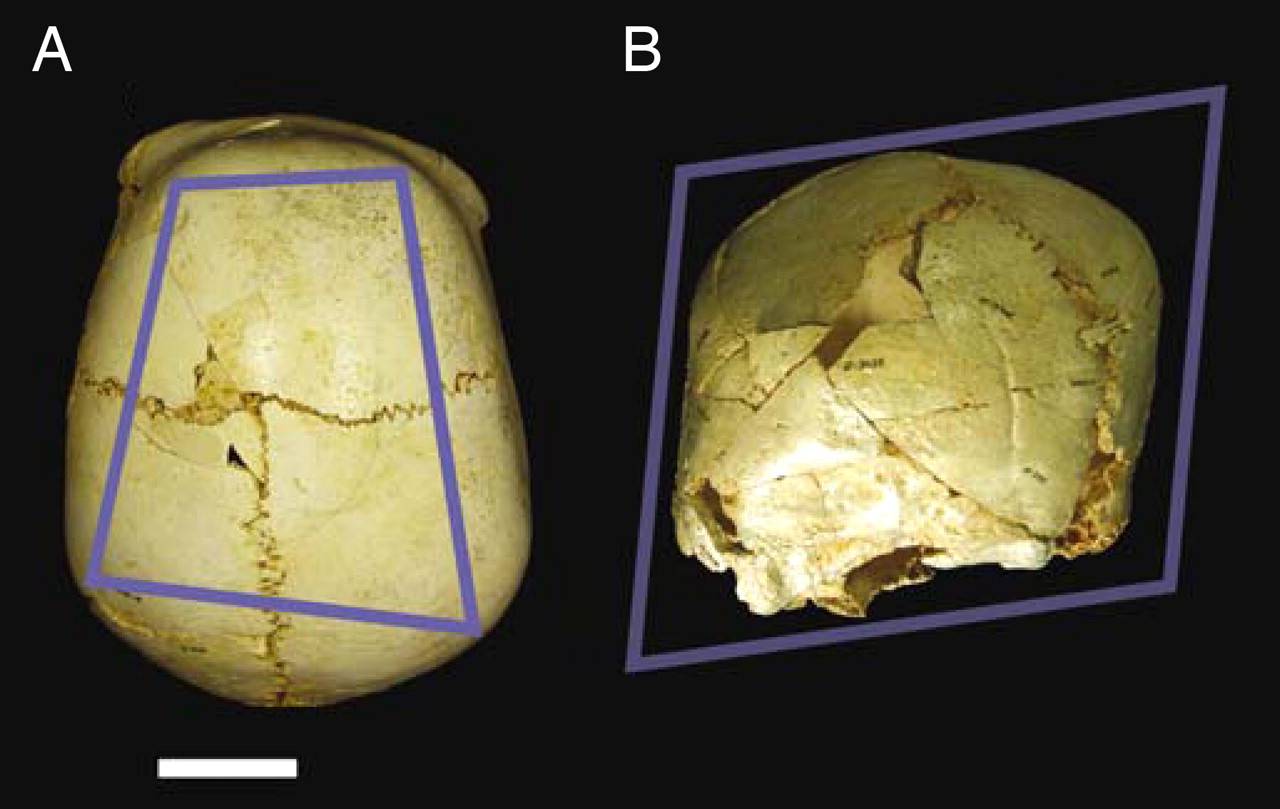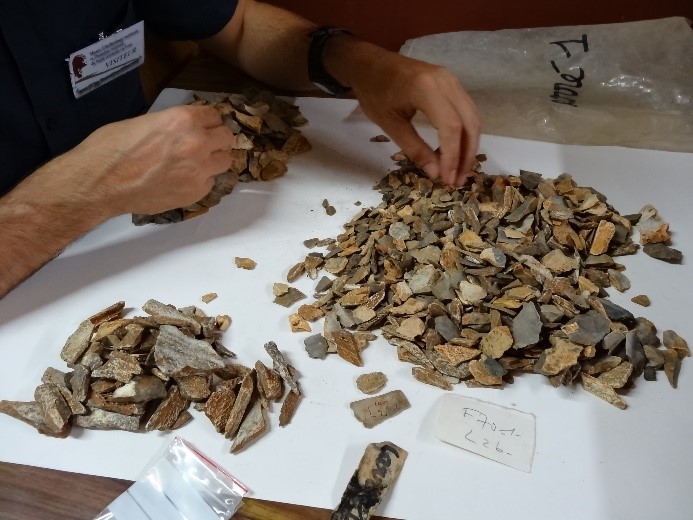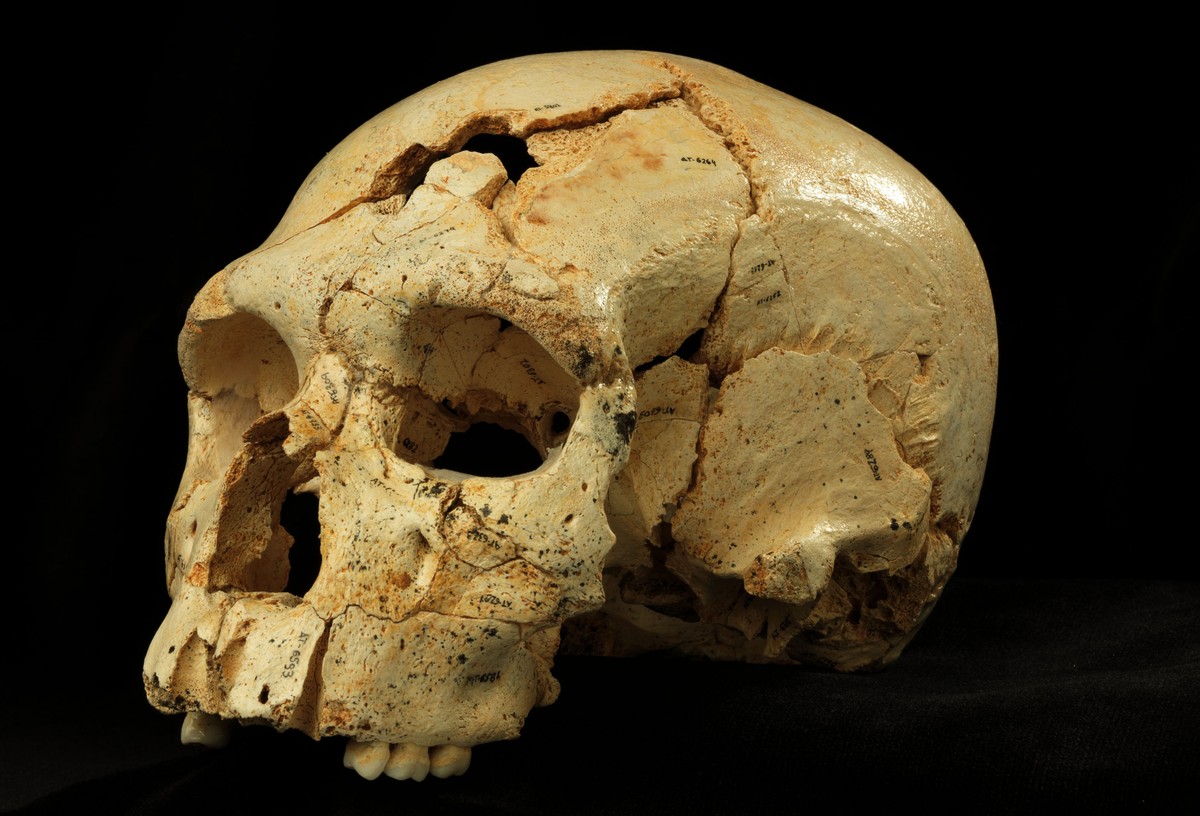Lesson of Benjamin
2023/12/18 Galarraga Aiestaran, Ana - Elhuyar Zientzia Iturria: Elhuyar aldizkaria
Published in the newspaper Berria on 8 December 2023

Benjamin is the name of a 430,000 year old skull. It was discovered in 2001 in the Well of the Barriers of Atapuerka (Burgos) along with other fossils. They belonged to the species Homo heidelbergensis, the most direct ancestors of Neanderthals. They collected fossils from individuals of all ages, from children to the elderly, from a girl. From the beginning they saw that it was different from the others: it had clear traces of some pathology.
Her study was led by evolutionary expert Ana Gracia Téllez. The study revealed that he had craniosynostosis, i.e., that the cranial joints joined prematurely. This would cause the individual to have a totally distorted face and very limited cognitive and physical abilities. And yet, they calculated that he lived about 10 years.
So Gracia gave him the name of Benjamin, the most beloved Hebrew. Because, according to the law of natural selection, the individual was condemned to death. It required a great deal of vigilance, and it was clear that upon arrival it would not be self-sufficient and would not contribute anything to the group. But his relatives decided to take care of him. It was considered by archaeologists as a sign of mataisun.
This approach coincides with an anecdote attributed to anthropologist Margaret Mead. He was reportedly asked what was the first indicator of civilization. Typical answers to this question were a bowl of cooking food, a bait or a gun. But, according to Mead, a femur formed after its rupture was the main exponent of civilization. And it gave the same reason: wild animals, by breaking a bone of these characteristics, can't survive, going ahead means it's been cared for.
Asier Gómez Olivencia, an expert in Neanderthal skeletons, has also found many evidence of care. What is more: As explained in an article in Elhuyar magazine, the symptoms of illness are very useful to better understand the life and behavior of Neanderthals.
Among the fossils analyzed is La Ferrasie 1 (Dordogne). This individual broke the large trochanter of the femur as a young man, causing imbalance in the pelvis and a long scoliosis. In addition, in long bones, abnormal bone growth is observed which indicates pulmonary infection. However, he lived for over 50 years. After his death he was buried.
However, Gómez recalls that in nature, primates and many other mammalian groups have seen cases of survival after an illness or accident. And in man, being limited to some jobs doesn't mean they can't do anything; who couldn't go hunting, maybe could pick up fruit, teach work or craft instruments, or care for children. But in some cases it is clear that they were very dependent and that they would not go ahead if they had not been attended.
These cases show that care is deeply rooted in human evolution. Paradoxically, the feminist movement has organized a general strike to assert the right to care.

Gai honi buruzko eduki gehiago
Elhuyarrek garatutako teknologia





